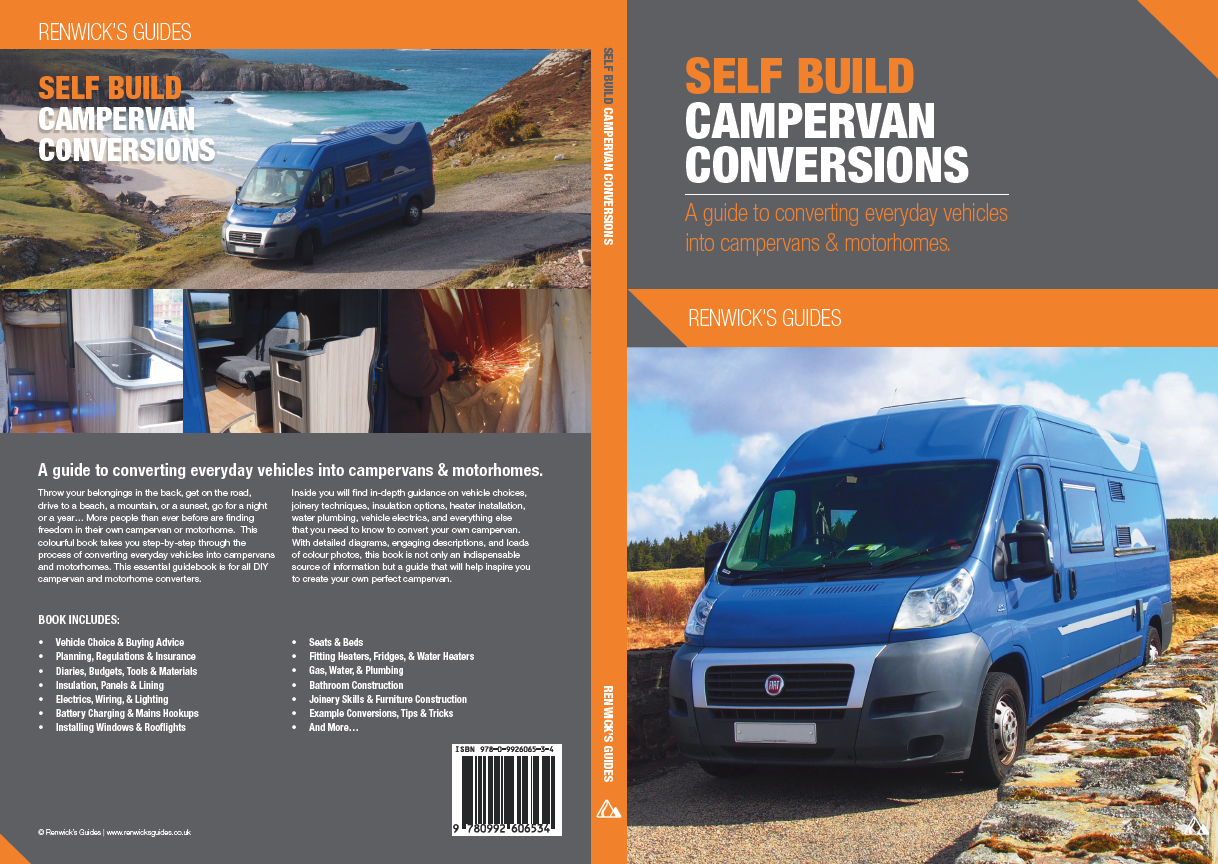- Conversions Guide
- Your Campervans
- Browse All Example Projects
- Ducato Campervan Projects
- Ford Transit Campervan Projects
- Iveco Daily Campervans
- LDV Convoy & Pilot Campervans
- Mercedes Vito Campervans
- Renault Master Campervans
- Small Campervan Conversions
- Sprinter Campervans
- Trafic & Vivaro Campervans
- VW T4 Campervan Projects
- VW T5 Campervan Projects
- Bongos, L300s & HiAces
- Other Vehicles Campervans
- Buy the Book
How To:
Campervan Insulation
READ MORE IN NEW CONVERSIONS BOOK
Find lots more details in the NEW Self Build Campervan Conversions book







